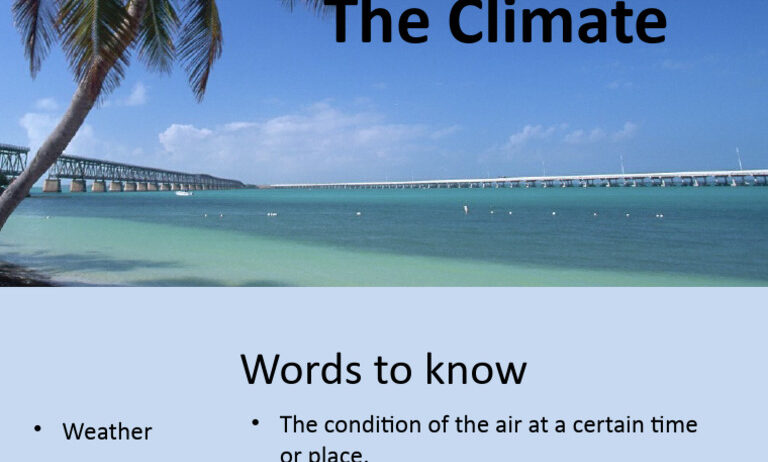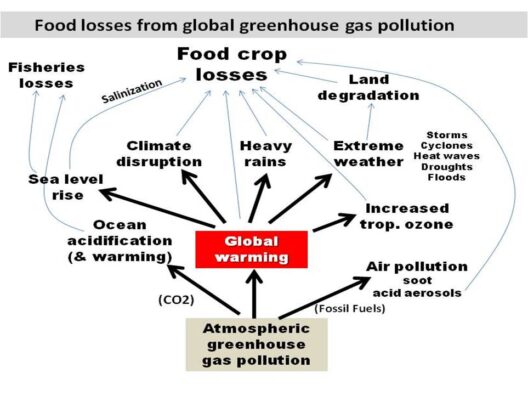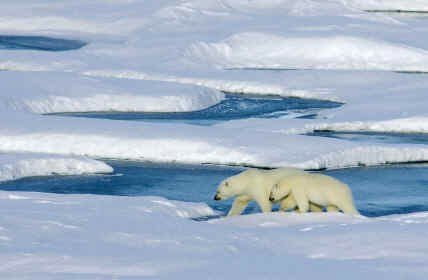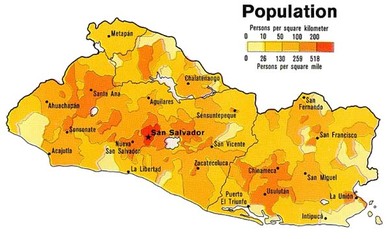The climate of Florida, often characterized by its humid subtropical and tropical conditions, is a complex tapestry woven from a multitude of atmospheric influences. This state, located at the southeastern tip of the United States, is renowned for its warm temperatures and abundant sunshine. However, the climate presents a dual narrative: while it offers idyllic beach days, it also harbors the potential for fierce storms. Understanding Florida’s climate requires diving deeper into the intricate interplay between natural phenomena, geography, and climate change.
The geography of Florida plays a pivotal role in shaping its climate. Surrounded by the Atlantic Ocean to the east and the Gulf of Mexico to the west, the state experiences maritime influences that contribute to its warm temperatures. The latitude of Florida ensures that the sun’s rays are powerful, resulting in high averages during the summer months. In fact, temperatures in July can soar into the upper 90s Fahrenheit, creating an environment that feels downright tropical. The distinct lack of winter in many parts of the state further emboldens its “Sunshine State” moniker.
Despite the appealing warm weather, humidity is an ever-present aspect of Florida’s climate. Tropical air masses, particularly during the summer, saturate the atmosphere with moisture, creating a sultry environment. This leads to frequent afternoon thunderstorms, particularly in the central and southern regions of the state. These storms, although oftentimes brief and localized, can unleash torrents of rain in a matter of minutes. This natural rhythm of sunshine followed by rain is foundational to Florida’s rich and diverse ecosystems. Wetlands, mangroves, and unique habitats thrive on this precipitation, showcasing the state’s ecological bounty.
Understanding the seasonality of Florida’s climate is essential. The year is divided primarily into two distinct seasons: the wet and the dry. The wet season typically spans from May to October, during which humidity peaks, and thunderstorms become a regular occurrence. Meanwhile, the dry season, from November to April, provides a reprieve with cooler and drier weather. However, this period also includes the onset of the hurricane season, which runs from June 1 to November 30, culminating in intense storms that have the potential to disrupt lives and reshape landscapes.
Hurricanes represent the most formidable aspect of Florida’s climate. These powerful storms form over warm ocean waters and can bring catastrophic effects, including devastating winds, heavy rains, and storm surges. The intensity of hurricanes has been increasingly influenced by climate change, resulting in warmer sea surface temperatures that can lead to more powerful storms. Greater storm intensity means greater potential for destruction, challenging the resilience of communities nestled along Florida’s coastlines. The state has endured various historical hurricanes that have left indelible marks on its evolution and development.
In the face of climate change, a paradigm shift in perception is paramount. While many individuals flock to Florida for its seemingly eternal summer, the underlying realities of an evolving climate demand attention. Rising sea levels threaten coastal developments, while intensifying storms pose serious risks to infrastructure. The need for effective urban planning has surged, as cities grapple with how to safeguard their environments and the people who dwell within them.
Florida’s unique ecosystems also face the harsh realities of climate change. The Everglades, for instance, serve as a vital buffer against flooding and a sanctuary for biodiversity but are under siege from saltwater intrusion and rising temperatures. As sea levels rise, essential habitats for various aquatic and terrestrial species risk being irrevocably altered. The balance of nature is delicate, and disruptions could lead to irrevocable shifts in Florida’s environmental landscape.
Yet even amid these challenges, there is hope and an opportunity for transformation. The state is exploring various initiatives aimed at mitigating the impacts of climate change. From promoting renewable energy to enhancing drainage systems and restoring natural habitats, concerted efforts are underway to remedy ecological imbalances. As communities work together, there is potential for revitalization that could not only address climate threats but also celebrate Florida’s enviable biodiversity.
Moreover, understanding the cultural dynamics in Florida sheds light on society’s relationship with climate. The state is home to a mosaic of cultures and backgrounds, each presenting distinct perspectives on environmental concerns. For instance, numerous organizations and citizens are championing the cause of sustainability, advocating for environmentally-friendly practices that stem from their roots. The confluence of culture and climate awareness offers a fertile ground for activism and engagement, fueling a wave of grassroots movements geared towards environmental stewardship.
In conclusion, the climate of Florida encapsulates a story of contrasts, deep-rooted in natural beauty and threatened by change. The promise of a shift in perspective toward an ecological ethos holds great potential for future generations. Understanding the intricacies of Florida’s weather, ecological systems, and the societal dynamics at play enhances our capacity to navigate the reality of an evolving climate. With endeavours rooted in sustainability and resilience, the future of Florida can be reimagined, ensuring the lush landscapes and vibrant cultures thrive for years to come. The challenges are significant, but the spirit of innovation and community can pave the path forward in this ever-changing environmental landscape.








